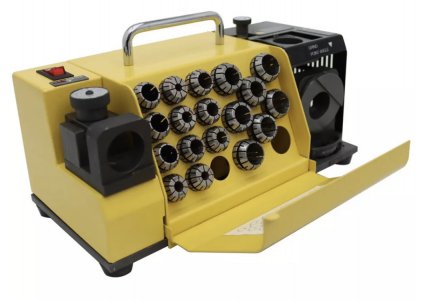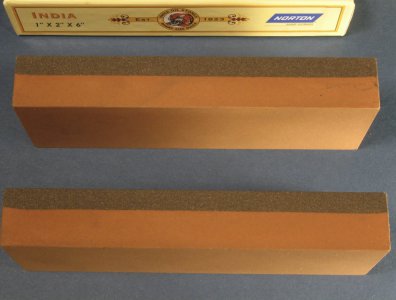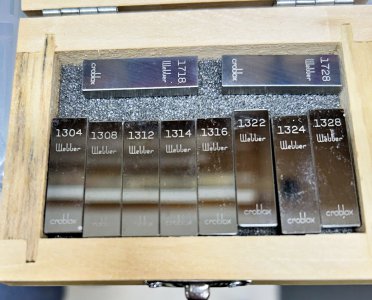- Joined
- Sep 1, 2023
- Messages
- 498
Yep; removing the paint from the feet and the visual testing with the light and granite off cut being used as a base, and the 'rock and roll' testing were that 'starter for 10'. Once the lathe is rebuilt (I think this is my 4th rebuild) I can do some more test cuts and shim the feet where necessary.OT I know, but...
TBF, I would rather know 100% that the feet are flat/level to each other and the bedway BEFORE I spend time building the thing up.
At least then I could concentrate on getting everything else where I want it to be in terms of fitment and accuracy, as accurate as a 7x can could ever be, which is a task unto itself.
Whilst my SC3 is "doing the job for now" without any mods other than A/C spindle bearings, it does have all the "usual" problems, including the Cross slide screw nut fixings back-winding despite having thread-locked them.... Another one of those "I'll fix that B!"££$%d whilst I am rebuilding the other lathe" jobs!
Saying that, I just ordered this 1300w Brushless motor kit (£370 OUCH!) for the 7x I am rebuilding, so should be on with some rebuild work on it soon. Have almost everything I need to fully start the rebuild now, other than an ELS kit, which I am currently reconsidering whether I actually need or not, though it is an easy enough retro fit.
Yes, I can acquire spare boards for this and yes, I will be doing exactly that soon enough so that I have spares to hand.
View attachment 487909
That kit is very similar (the motor, the RPM display and the controls, although not the board, and the motor, whilst being exactly the same form factor, is 750W) to what Weiss used on my lathe.
At some point, (turns out I must subconsciously like rebuilding this lathe!
 ) I'll swap out the 750W for a 1500W motor. Might have to replace the plastic quick change gearing set for a metal set but we'll see how the existing plastic ones hold up.
) I'll swap out the 750W for a 1500W motor. Might have to replace the plastic quick change gearing set for a metal set but we'll see how the existing plastic ones hold up.



